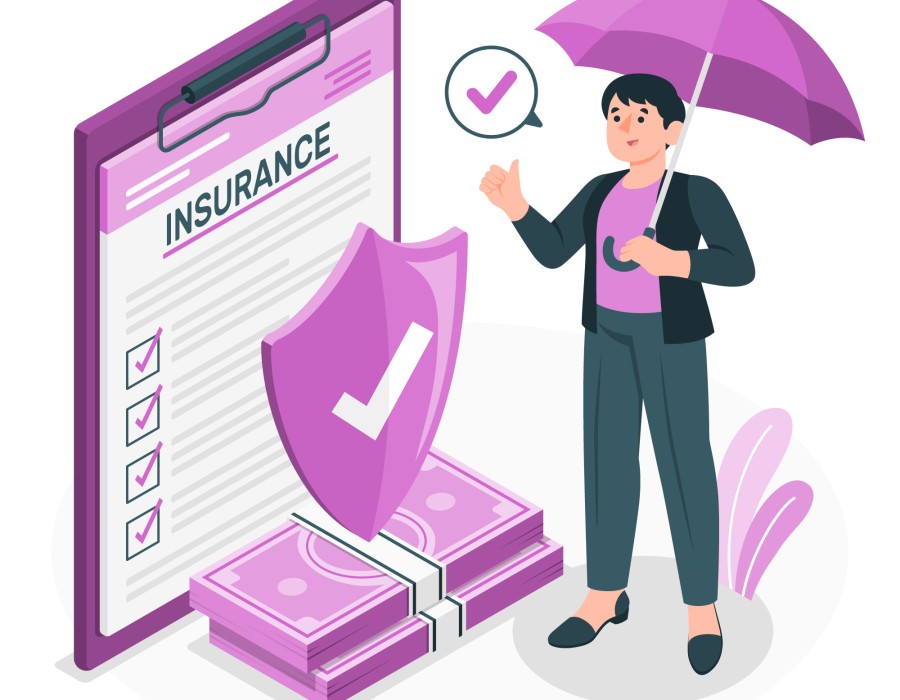Professional indemnity insurance is a crucial safeguard for professionals across various industries, protecting them from financial losses arising from claims of negligence, errors, or omissions in their professional services. However, determining the right amount of coverage can be a complex decision that requires careful consideration of several factors.
Understanding Coverage Needs
The first step in determining the appropriate level of coverage is to assess your specific risks and liabilities. Consider the nature of your profession, the types of services you provide, and the potential consequences of errors or negligence. High-risk professions, such as healthcare or legal services, may require higher coverage limits compared to lower-risk professions.
Industry Standards
It can be helpful to research industry standards and recommendations regarding professional indemnity insurance coverage. Many professional associations and regulatory bodies provide guidance on the minimum coverage requirements for different professions. While these standards can serve as a useful benchmark, it's essential to evaluate your individual circumstances and assess whether additional coverage may be necessary.
Assessing Risks
Identifying potential risks and liabilities is crucial in determining your coverage needs. Consider the likelihood and severity of potential claims, as well as the financial impact they could have on your business or practice. Factors such as the size of your client base, the complexity of your services, and the regulatory environment in which you operate can all influence your risk profile.
Evaluating Assets
Another factor to consider when determining coverage is the value of your assets at risk. This includes not only your financial assets but also your professional reputation and future earning potential. In the event of a claim, inadequate coverage could jeopardize your financial stability and reputation, making it essential to ensure that your insurance limits are sufficient to protect your assets.
Budget Considerations
While it's important to have adequate coverage, budgetary constraints may limit the amount of coverage you can afford. Balancing coverage needs with affordability is a critical consideration for many professionals. However, it's essential to weigh the potential costs of a claim against the premiums you pay for insurance and consider whether the additional coverage is worth the investment.
Customizing Coverage
One advantage of professional indemnity insurance is its flexibility, allowing you to customize your coverage to suit your specific needs. Work with your insurance provider to tailor your policy to your individual circumstances, adjusting coverage limits, deductibles, and policy features as needed. This can help ensure that you have the right level of protection without paying for unnecessary coverage.
Consulting an Expert
Navigating the complexities of professional indemnity insurance can be challenging, which is why it's essential to seek advice from insurance professionals. An experienced insurance broker or advisor can help you assess your risks, understand your coverage options, and find the best policy to meet your needs. They can also provide valuable insights into industry trends and best practices for risk management.
Comparing Policies
When shopping for professional indemnity insurance, it's essential to compare policies from multiple insurers to ensure you get the best coverage at the most competitive price. Consider factors such as coverage limits, policy exclusions, claims handling processes, and customer service reputation when evaluating insurance providers. Don't hesitate to ask questions and seek clarification on any aspects of the policy that are unclear.
Policy Exclusions
Before purchasing professional indemnity insurance, carefully review the policy exclusions to understand what is not covered. Common exclusions may include claims arising from criminal acts, intentional wrongdoing, or punitive damages. Make sure you understand the limitations of your coverage and consider whether additional coverage may be necessary to fill any gaps.
Reviewing Policy Limits
Once you've selected a professional indemnity insurance policy, periodically review your coverage limits to ensure they remain adequate for your needs. As your business or practice grows and evolves, so too do your risks and liabilities. Regularly reassess your coverage needs and adjust your policy accordingly to stay protected against potential claims.
Reassessing Needs
Finally, it's essential to periodically reassess your professional indemnity insurance needs to account for any changes in your circumstances. This includes changes to your business or practice, regulatory requirements, or industry standards. By staying proactive and vigilant, you can ensure that your coverage remains up-to-date and effective in mitigating your risks.
Conclusion
Determining the right amount of professional indemnity insurance coverage requires careful consideration of various factors, including your industry, risk profile, assets at risk, and budgetary constraints. By assessing your specific needs and working with an experienced insurance professional, you can tailor your coverage to provide adequate protection against potential claims. Remember to periodically review your coverage and adjust your policy as needed to ensure ongoing protection for your business or practice.





Comments